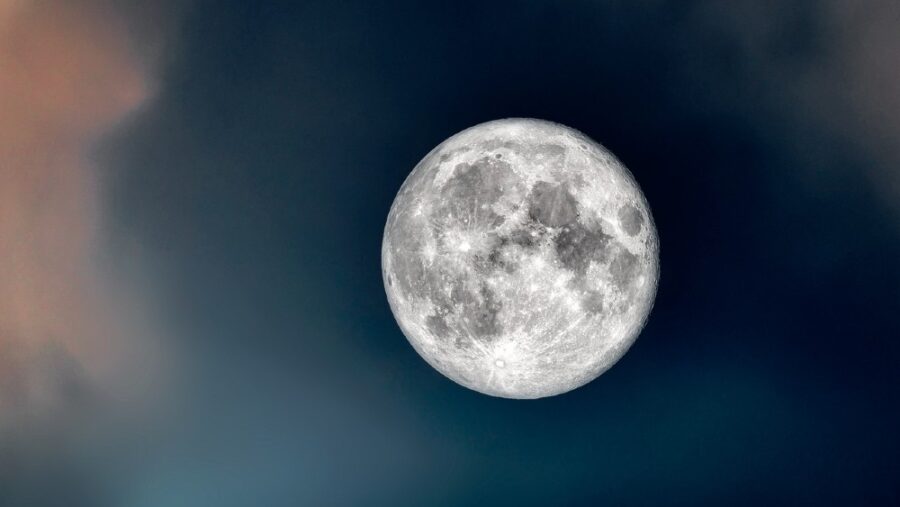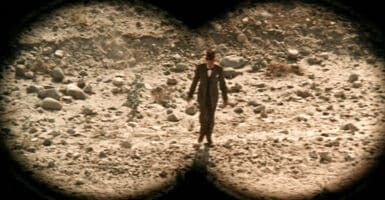Moon Bubbles: Do They Hold The Key To Radiation Shielding On Spacecraft?

Mankind may have walked on it, zoomed around it, and thrown satellites into its surface, but the moon still has its secrets. One mystery that has perplexed scientists for quite a while has been mysterious milky white blotches on the moon’s surface that correspond with small magnetic fields. These should be too weak to affect the lunar soil.
But a group of scientists think they have discovered the reason for the moon’s discoloration. And understanding it could hold the key to keeping astronauts safe from radiation on long space flights.
While the Earth’s magnetic field encompasses it, keeping us safe from the massive amounts of radiation the sun can emit, our moon has no global defense against solar flares and cosmic rays.
In many areas, constant exposure to solar radiation has charred the moon’s lunar soil to a much darker shade of grey. This is not to be confused with the dark lunar maria that can be seen from Earth. Those are the remnants of ancient lava plains.
When scientists saw white blotches on the sun-baked moon surface that couldn’t be accounted for by lunar impacts, they had no idea what caused them until the Apollo program.
With the Apollo moon landing came the understanding that each of these white blotches was surrounded by extremely weak magnetic fields, fields so weak that they shouldn’t have any effect on the surface’s coloration. That mystery has remained for years, but a team looking into radiation shielding for spacecraft possibly figured out the answer.
One of the most important jobs in spaceflight isn’t trying to build a better rocket or make sure the pilot’s seat has a cup holder in the right spot. Instead, it’s those who are trying to figure out how best to shield future astronauts from radiation during a long-duration spaceflight.
The principle problem with shielding spacecraft from radiation is that if you do it by using a physical barrier capable of deflecting the radiation, it will almost certainly make the spacecraft too heavy to launch.
The other, lighter method proposed for shielding is to create a magnetic bubble similar to ours on Earth to deflect radiation. However, the major problem with that is the vast amounts of energy needed to make it work. According to New Scientist, scientists decided to break this impasse by figuring out how the moon does it with weak magnetic fields.
The claim was that the moon is able to shield the small portions of its surface with such weak fields by using the radiation itself as a means of generating electricity. The negatively charged electrons flow along the field lines while the positively charged protons bust on through.
The separation of charges, in turn, creates an electric field that is actually stronger than the magnetic field and pulls the protons back to the surface of the magnetic bubble, where they slide off just like the electrons.
While it is a fascinating revelation for a long-held mystery of the lunar surface and could be the key to making energy-efficient radiation shields for spacecraft, the scientific team still doesn’t know enough about the process to replicate it on a large scale.
They successfully demonstrated the process in a lab using a stream of protons and electrons aimed at a small magnet, which easily deflected the particles but covering a spacecraft in magnets could be just as weight-prohibitive as any other type of physical shielding. They may still need to do some work to figure it all out, but it is a promising start.












